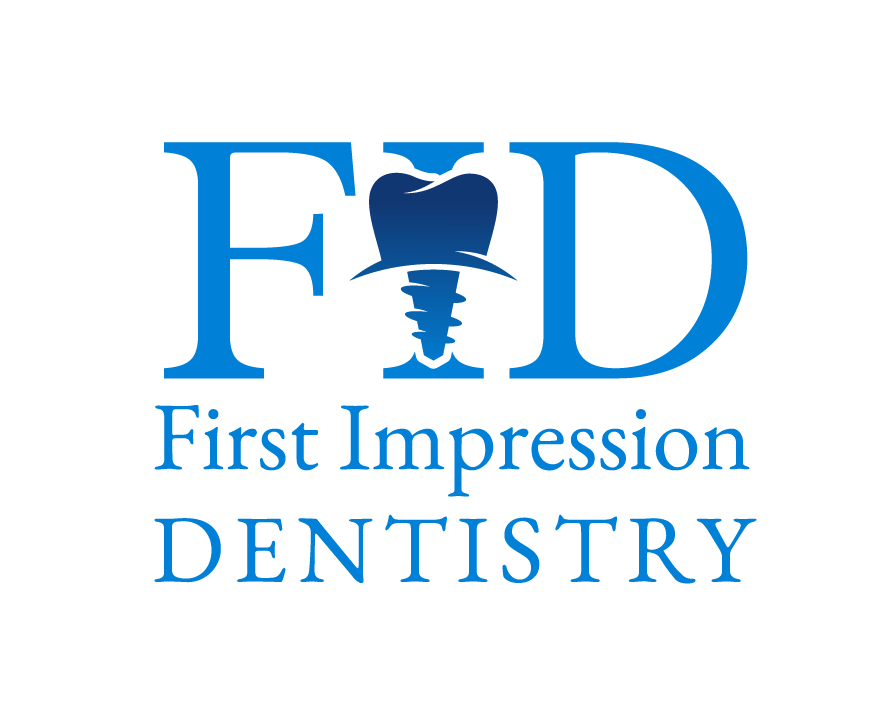Root Canal
Removing Tooth Infections and Preventing Tooth Decay
There is nothing worse than suffering from excruciating tooth pain. A visit to the dentist may confirm that your tooth is infected and the only way to alleviate the pain is a root canal. But don’t believe the rumors: The dreaded root canal isn’t dreadful at all! When either decay or injury infects the inner tooth (the pulp), only a root canal can remove tooth decay and prevent it from spreading. Fortunately, you are working with the compassionate and professional team at First Impression Dentistry in Mesa, AZ! You can count on our knowledge and experience to effectively treat your infected tooth, eliminate your lingering pain, and decrease your dental anxiety with our comfortable procedure.
What is a Root Canal?
A root canal is a dental treatment that removes inflamed or infected dental pulp — the soft tissue at the center of a tooth that contains the nerves, blood supply, and connective tissues — from the canals and pulp chamber of the tooth. In the earliest stages of tooth decay, you may not feel any pain at all, but when the pulp is inflamed, infected, or dead, a dentist needs to remove the infected tissue and fill and seal the tooth to prevent further infection.

Reasons for Getting a Root Canal
A tooth that needs a root canal can cause extreme pain and a variety of other maladies, including:
- Prolonged sensitivity to hot or cold liquids or foods
- Spontaneous pain in the middle of the night
- Increased pain while chewing
- Positional pain that is worse when you lie down, stand up suddenly, or run in place
- Headaches
- Pain in your jaw, ear, or surrounding teeth
- A white, yellow, or red pimple-looking blister on your gum
- A tooth abscess, which will show up on an X-ray
Unfortunately, a root canal cannot save the tooth, but by preserving its natural structure, it will allow you to chew food and speak properly. If left unchecked, the infection may cause an abscess or spread to other areas of the face, which can lead to bone loss in the jaw or a tooth extraction.

The Root Canal Procedure
After dental X-rays confirm that a root canal procedure is necessary, the dentist will numb the area with a local anesthesia. Once the tooth is sufficiently numb, a rubber dam will be clamped onto the tooth to protect it from saliva and bacterial contaminants. The top of the tooth is opened up and the infected tissue is carefully cleaned out. Thanks to laser root canals, this fast process is more comfortable and, in many cases, more thorough than conventional treatment. The inside of the tooth is shaped, which removes all nerves and prevents further tooth pain. The space left behind is filled and sealed to ward off infection, and a crown is placed on the tooth to protect its structural integrity.

An Alternative Procedure
Recent advances in technology have created an alternative procedure to root canal therapy known as pulp capping. This procedure can only be used when the infection has yet to penetrate the pulp, or to prevent a large dental filling from getting too close to the nerve. During the procedure, a dentist will place a small amount of sedative dressing over the exposed pulp area to protect it from bacteria and stimulate the regrowth of the dentin layer. Dentin formation usually starts within 30 days.
